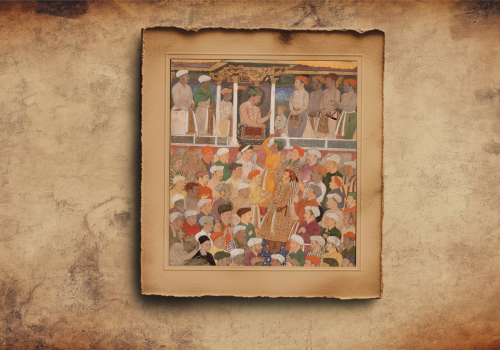In 1806, Fateh Singh acted as the plenipotentiary of Ranjit Singh and signed the first AngloSikh treaty with Lord Lake at the time when the Maratha chief, Jasvant Rao Holkar, had sought shelter in the Punjab. Close association with the ruler of Lahore brought Fateh Singh ample rewards. The Maharaja had bestowed upon him the districts of Dakha, Kot, Jagraon, Talvandi, Naraingarh and Raipur after his Malva campaigns. He possessed extensive territories on both sides of the Sutlej yielding an annual revenue of 1,76,000 rupees in 1808; in 1836, his territories were estimated to be worth 16,00,000 rupees annually.
The cordiality between the two chiefs was strained by Fateh Singh`s direct communications with the British over the question of Bhirog and Kotla chief ships, the construction by him of a strong citadel at Isru and his constant pleas for British protection. Feeling unsafe at Lahore, Fateh Singh fled across the river in 1825 to his cis Sutlej territory and sought British protection. Ranjit Singh promptly seized his transSutlej possessions, but showed willingness to forgive him if he returned to Lahore. The rift between the Ahluvalia chief and Maharaja of Lahore was, however, soon repaired. Fateh Singh returned to Lahore in 1827, and the Maharaja received him with honour restoring to him all his possessions. Later in his life, Fateh Singh lived at Kapurthala where he died in October 1836.
References :
1. Suri, Sohan Lal, `Umdat-ut-Twarikh. Lahore, 1885-89
2. Bhagat Singh, Maharaja Ranjit Singh and His Times. Delhi, 1990
3. Harbans Singh, The Heritage of the Sikhs. Delhi, 1983
4. Khushwant Singh, Ranjit Singh: Maharajah of the Punjab 1780-1839. Bombay, 1962


